With the recent testing of 5G by one of the cellular operators in Pakistan, mobile phone users are eagerly looking forward towards the launch of 5G network in the country. While many of us are not sure about the features and benefits of 5G, the term has already become mainstream with almost everyone wondering about its availability in Pakistan.
Before we look into Pakistan’s preparedness to launch 5G, and a much wider discussion on its applications, use cases and other details, let’s have a look at what 5G is actually going to be about.
What’s 5G?
In layman’s language, 5G is going to be better internet, i.e. with greater speed limits. If you can experience 20-30 Mbps speeds today on your 4G devices, with 5G you will be able to experience 1 Gbps speeds. For beginner’s that’s it. No other difference.
If you allow me to go a little deeper, in addition to speeds, 5G will also reduce latency rates to under 5ms.
It is likely that most people are aware of the speed element, but may not be familiar with the term called “Latency”. That’s why please let me explain the term “Latency” before I move ahead.
Imagine you (while located in Karachi) are sending a signal, or say a piece of information to a server in the US. The total time it takes for this piece of information or signal “from your PC to reaching to the US and then getting back to your PC” is called latency.
All the communication happening on the internet today is started only after sending initial information — or say the header information — from sender to receiver and then back. This header information usually contains the request for information, then the network availability or any other information that may be required before the actual message is sent or received.
So higher the latency, the more time is required to initiate a communication.
Our usual latency levels on 4G networks today are around 200-300 milliseconds. While this could be very low in your opinion, such latency levels are considered huge. For instance, if there’s a surgeon and if he has to operate a patient in a different part of the world through a remote-controlled arm connected to the internet, then such latency rate is very high, and almost impossible for the doctors to use for surgeries.
Similarly, there are other use cases where latency rates of above 1-5ms are not feasible, such as robotics, automation, IoT etc.
With 5G networks, you will get higher speeds and lower latency rates. That’s all the difference that you can expect on a 5G network (in a layman’s term).
Is Pakistan Prepared for 5G?
So while we know what to expect from 5G now, it’s easier for us to estimate our preparedness for launching a 5G network in Pakistan.
I can see you saying a nay already and in fact shouting “Yahan 10mbps say ziada speed nahi ati, 1Gbps kahan say aye gi“.
And unfortunately, you are right. Our speed limits are low even by 4G standards. Well, they are better than some countries out there, but definitely not the best. For a reference, check the speeds of 4G LTE networks from around the world from a few months ago:
We can’t improve our 4G speeds even if we invest billions (and billions) of dollars in erecting new towers, upgrading our core networks and whatnot unless we don’t lay an end-to-end fiber optic network.
So while 5G will require a lot of upgradation on the network part, our mobile phone operators are future proof and will not need much of the equipment upgradation to be able to offer 5G.
In layman’s language, imagine you have a PC and just need to upgrade your graphics card to be able to play graphic intensive games. Similarly, for our operators, they need to upgrade a module on the networks and that would be pretty much it to be able to become 5G ready.
While there are some other requirements, such as broader availability of spectrum and a higher number of cell sites to cater more users, all these things are manageable and can be done in a short span of time.
So while all other aspects of network up-gradation are just a few months away (and may require a lot of investment), the real core task ahead is the ‘fiberization’ of the country.
As mentioned above, higher speeds and low latency are the primary features of a 5G network. And that’s not possible with our current back-haul infrastructure which is mainly connected through microwave.
We are talking about main hub to tower communication and then tower to tower communication, that must be connected with fiber-optic in a 5G ready network bu that’s not the case here.
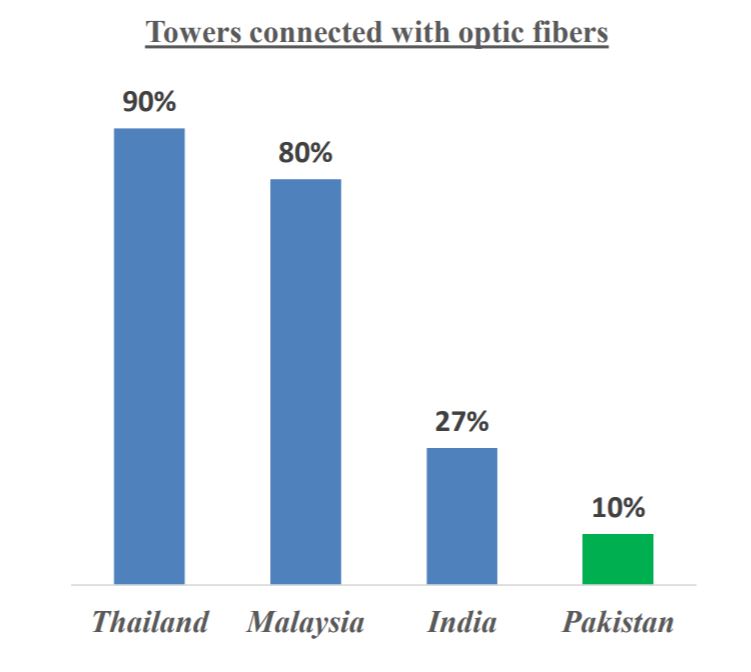
For a reference, only 10% of towers in Pakistan are connected with fiber-optic, while the rest are on microwaves, making it almost impossible for the operators to offer a 5G network. Yes, we can launch 5G in a few months — but that will just be a buzzword.
What we really need to do immediately is to fiberize the country. Lay as much fiber optic as possible. Not just for 5G, but for the overall connectivity of the businesses and masses to fiber is what we should have done long ago.
A primary index of development in a country can also be indicated by fiberization of its land.
USF Has a Role to Play
You will be relieved to know that Universal Service Fund (aka USF) is geared up with the task. They want to connect every union council of the country with fiber optic. Even if that’s done, it’s going to be a major development.
For your understanding, just 1,050 union councils (out of total 6,061 union councils in the country) are currently connected with fiber optic. As per USF, there are another 1,871 union councils where the fiber optic is passing but there’s no node available. This eases USF’s task as they will just add a node to these 1,871 union councils and almost half of the union councils in the country would be on fiber optic.
Then there are private operators working in the country, which are aggressively laying fiber optic, mainly in metropolitan areas, which is a positive sign.
When to Expect 5G?
This post started to look more on fiber optic than 5G, but trust me fiberization is the key to our entry into 5G era. And that’s why we must overcome this prerequisite to be able to launch 5G in the country.
Our discussions with experts, USF and other stakeholders suggest that this fiberization and other factors associated with the launch of 5G (such as spectrum cost, allocation, availability of 5G compatible devices) will take at least 1.5 to 3 years, before Pakistanis will be finally able to experience 5G in the country.
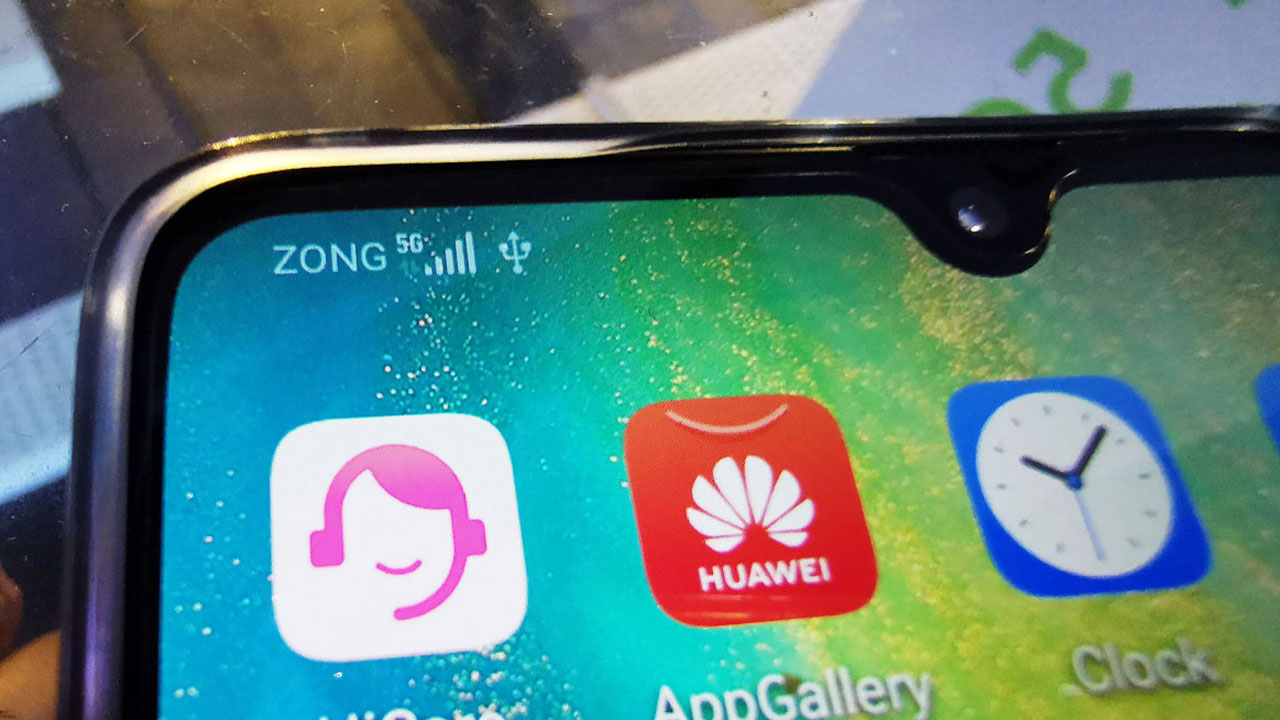
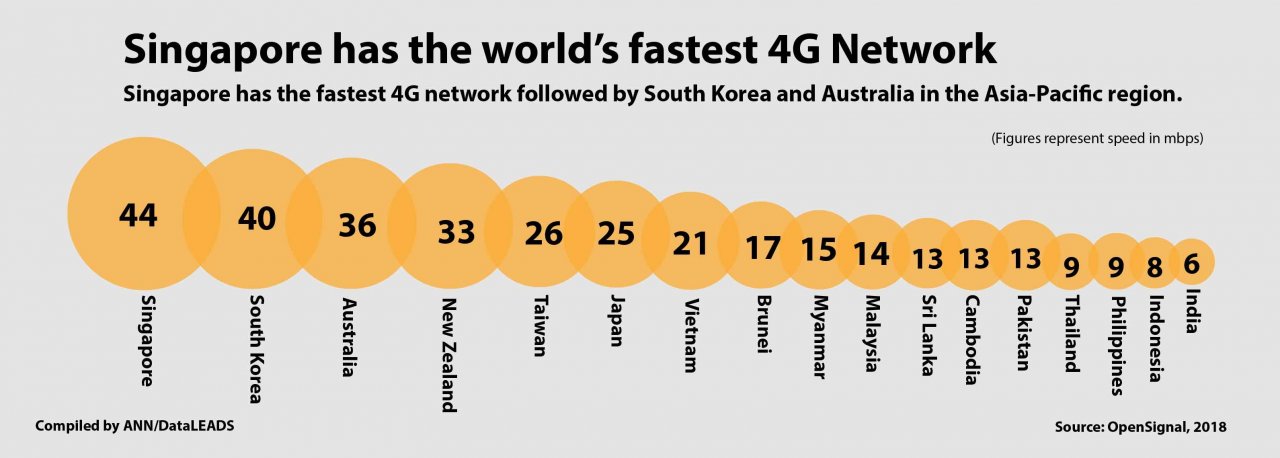


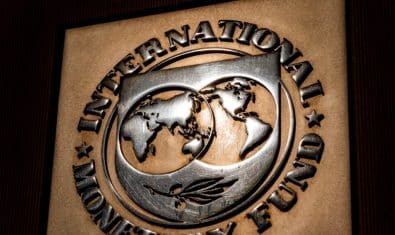
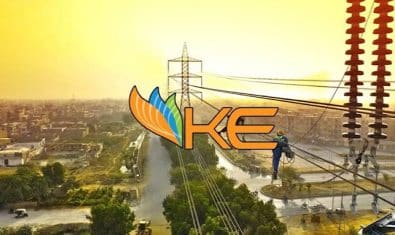






















we need VoLTE more than the 5G
We already have VoLTE.
Which area and network?
Jo bhai thumb down day rahay hain inko yakinan VoLTE kay fawaid nahi pata. 5G phones inkay paas hain nahi, 6mbps PTCL pora nahi chalta insay. ?
5G performance in Pakistan will depend on multiple factors such as how much spectrum does PTA auction. How much do telecom operators invest in back haul capacity, RAN Design etc. I would recommend PTA to auction three band of 5G Frequencies i.e UHF band V, band C and millimetre waves at the same time so that Pakistan can compete with south Korea.
fiberization will take decades because it depends on the whims of petty government officials. they will not give right of way. that’s why all our wired ISPs put together have just single digit million customers while the cellcos have 10s of millions of broadband customers each.
5G to A Jayega Par Mobile Kaha Se Lenge Itne Expensive : 4G Ki Speed 500% Times Increase Kar Do Kafi hai
phly dafa wahab … phli martaba message krny say mehroom rh gya :)
پاکستان کے کئ علاقے ایسے ہیں جہاں ابھی تک موبائل فون سگنل تک نہیں آتے۔ پہلے پورے
ملک میں سو فیصد موبائل فون سروس تو شروع کریں اسکے بعد 5 جی کی بات کریں
Latency is 10 ms not 5 ms. No body can get 5 ms latency
Qmobile jesi companies 5g mobile rs5000 mein tyar kr den gi, mobile ki tention ni.
Although all your points might be valid but you need to understand that just putting a 5G on the signal bar doesnt mean 5G. Its only being tested in a very few metropolitan areas in the US like Chicago and Rhode island and that too with a few streets that have a 5G booster since it works on a short wavelength signal. Just that fact alone makes it so expensive that just one carrier is providing and testing the technology and is Verizon wireless.
Its a multi billion dollar investment and frankly i dont think this country can afford that. Even if it does the bandwidth is so expensive as it is. Most of the population might not be able to afford and use it.
Not to forget that majority of the population of the country doesn’t understand what the internet is for and how it works… all they know is that it is internet and we can make tiktok videos, and watch YouTube, and use WhatsApp while driving even though our motor skills our zero.
Pehlay kom ko educate karna zaroori hay and Enforcement zaroori hay. And once this country has learnt how to deal with high end tech only then can we appreciate the value of the tech we use.